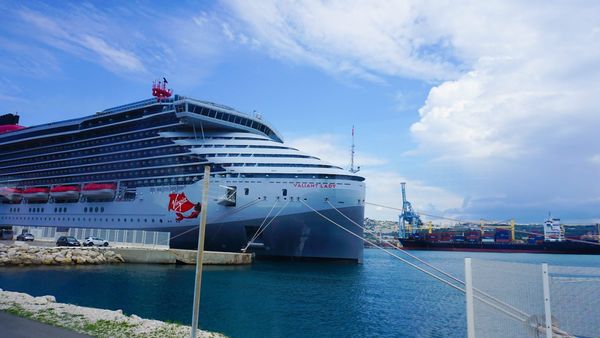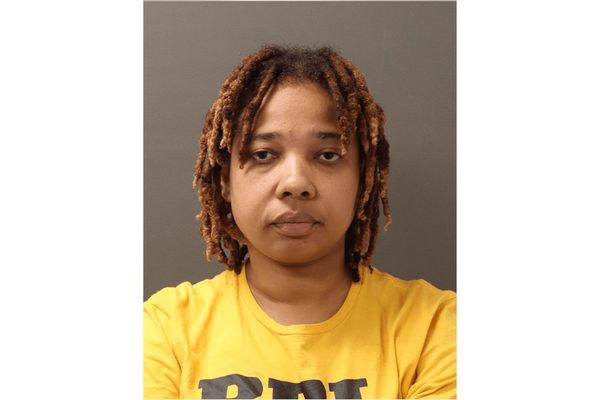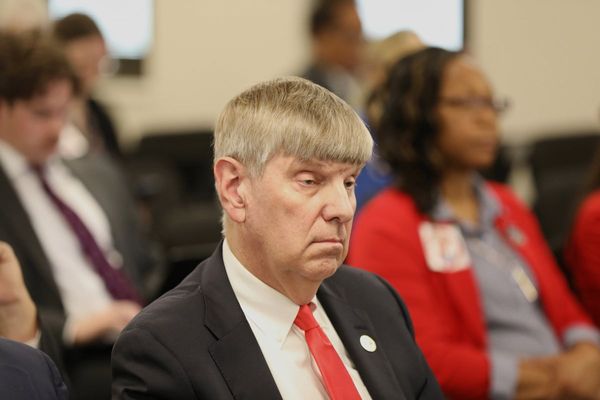
My grandfather John Richards, who has died aged 98, was one of the last surviving passengers of the HMT Empire Windrush. Those onboard for the voyage from Jamaica to London in 1948 would change the face of Britain, ushering in the multiculturalism that helps to define the UK today.
Known affectionately as “Big John”, for his height and commanding presence, my grandfather played his part in ensuring the black community in his small corner of north-west London was represented and brimming with agency. While he spent his days working for British Rail, many of his nights were spent in the clubhouse of the Learie Constantine West Indian Association, of which he was a founding member. From there, John played a pivotal role helping to organise his community to protest against the injustices they suffered.
Born in Portland, Jamaica, John was the son of Miriam (nee Benjamin), a housewife, and Wilbert Richards, a farmer. He went to Black Rock primary school in Fair Prospect, but as secondary education was not free at that time, after finishing, John trained as a carpenter.
He loved his island, but John’s ambitions were greater than the confines of his birth country. Aged 19, he travelled to the US to find work and support his family back home.
Working in Louisiana farms with other migrant workers, John would later recount his experiences of the segregated south, including having to sit in separate sections in restaurants. However, he took it all in his stride. His stoic attitude carried Big John to the UK two years later, and helped him through the challenges of the daily and institutional racism he was met with.
On arrival he was housed in Clapham South Underground station, where he lived for several weeks before moving to Kensal Rise. He found work doing undercarriage maintenance for British Railways (later British Rail), a job he did for 43 years. As he and his friends were not allowed into local pubs, they decided to organise a place to meet, leading to the establishment of the Learie Constantine West Indian Association in Willesden. As well as his activism, John was a keen cricketer.
Over the following decades, John was welcomed to Downing Street, featured on BBC documentaries, and was invited to meet royalty, including Prince Charles in 1998 for the 50th anniversary of Windrush, the Prince and Princess of Wales unveiling the Windrush memorial in 2022, and King Charles and Queen Camilla at Buckingham Palace in 2023. The king even has a portrait of my grandfather in his collection. Yet, for John, the VIPs were just people. When I asked him what it was like meeting the royals, he said they seemed like a nice family.
In 1966 he married Maudlyn Graver, a seamstress, who had a son, Lynval, from a previous relationship. They survive him, as do two grandsons, Joel and me, and two great-grandsons, Billy and Rafa.







